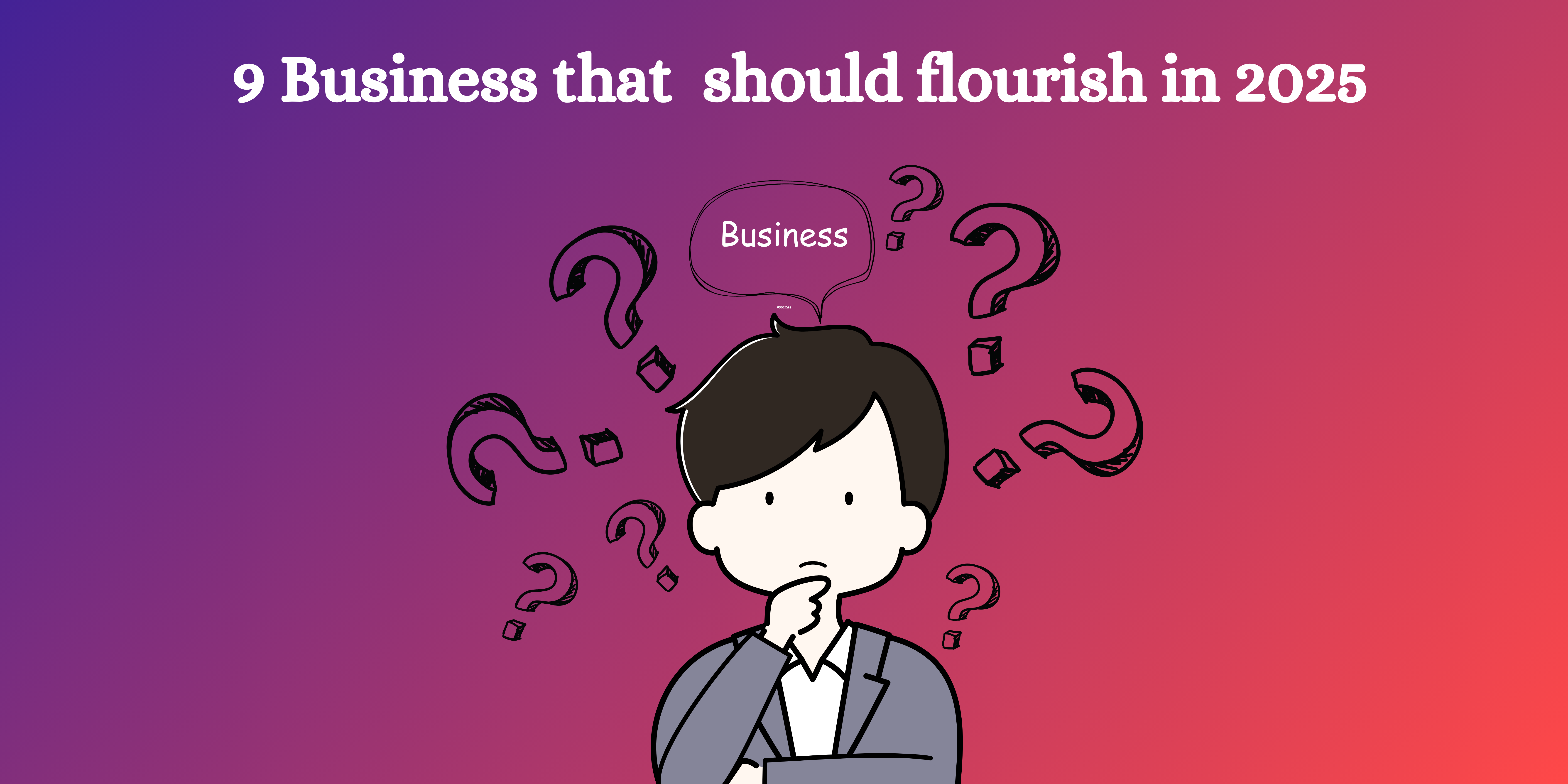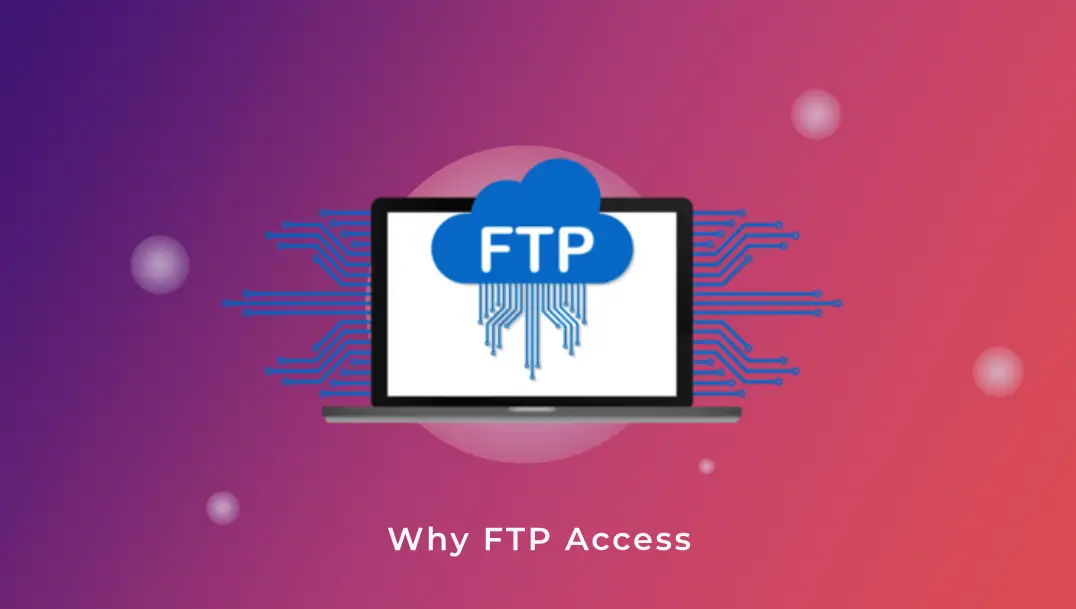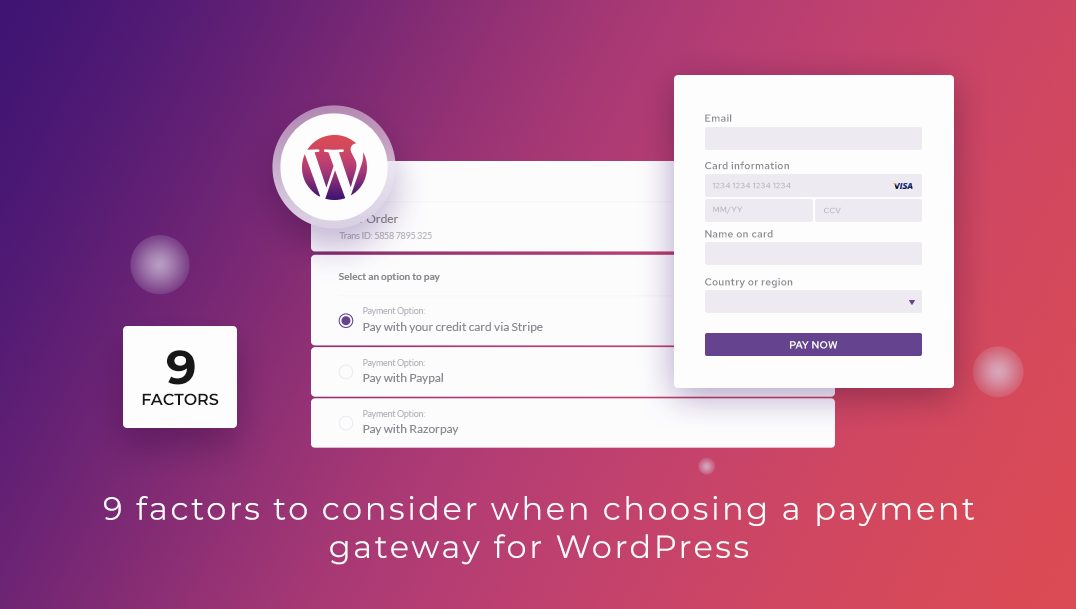Marketplaces are earning huge revenues across the globe.
With 300 million active users and 2 million-plus third-party sellers in the pocket, Amazon is the big daddy of all. Ebay is not far behind with net revenue amounted close to 8.98 billion U.S. dollars. In June 2015 the room-rent marketplace Airbnb was valued at 25.5 billion U.S. dollars. The Uber app is available in 77 countries and 527 cities worldwide and has over 8 million users worldwide.
Four different marketplace success. One common thread. They have all figured out their revenue path.
Many of the marketplace owners fail here. Why? Because they do not wait to research on-
- Different marketplace platforms
- Industry-best practices
- The pros and cons of each revenue model
Let’s overcome them step by step-
Different platforms of marketplace :
Marketplace has six business model based on platforms-
- B2B-Transaction between companies
- B2C: Transaction between companies and individual
- C2B: Transaction between customer and company
- C2C: Transaction between customer and customer
- B2E: Transaction between business to employee
- Others: Transaction where the Government plays an active role. G2G (Government to Government), G2E (Government to Employee), B2G (Business to Government), G2B (Government to Business), G2C (Government to Citizen)
What does these marketplace offer?
All these six marketplaces use different platforms to connect their audience and vendors but their offerings are not widely polarized. They can easily be categorized under-
- Product based marketplace (Amazon, Ebay, Etsy)
- Service-based marketplace (Uber, Airbnb)
What are the available revenue options for the marketplaces?
There are three primary options-
- Commission
- Subscription/membership
- Listing fees
All these three options have their shares of benefits and shortcomings. Which will be best for the product marketplace and service marketplace?
In our three blogs series, we have taken a shot at this question. Each one of our blogs will provide insights, data, and technical know-how to decide and set up the most fertile revenue model for your next marketplace.
The Commission Model
All leading marketplaces (Amazon, eBay, Uber, Airbnb, Etsy) have selected the commission model for revenues. Why have they so much trust in a model where an admin has to split the earning with vendors? Let’s introspect-
Benefits of Commission Model:
1. First and foremost, admins get a share of every transaction and each value that take place at their platform. Same benefits are not available with the subscription and listing model.
2. In the commission model vendors do not need to pay an additional cost to list and showcase their product. If the provider is not earning any value, the marketplace run by the commission model will not ask for a single buck. The commission model is a big bet to win the trust of the vendors.
How are the marketplace leaders playing?
First, we will discuss product-marketplaces.
Amazon:
Amazon has two different commission models for small vendors (individual seller) who have limited number of products (less than 40) and pro-merchants. Have a look-
As far as commission plans are concerned, Amazon has multiple breakdowns-
Sellers pay a referral fee for each item sold.
Amazon also charges for shipping and product delivery if sellers are using those services. The charges also get varied if someone is using the subscription services of Amazon. For example, Pro Merchant will not be charged the per-item fee.
An example of how much a seller makes money in Amazon.
Ebay:
Ebay also follows the commission model. They are charging a flat final value fee of 10% of the sale price. It varies as per product category.
Alibaba:
Alibaba, on the other hand, has an interesting stance on their commission model.
Their largest website Taobao operates as a fee-free marketplace where neither sellers nor buyers are assessed a fee for completing transactions. However, Tmall which is Alibaba’s B2B marketplace platform for larger retailers charges the commission fee based on the category of the product sold.
Etsy:
Unique handmade and vintage art product marketplace Etsy follows the commission model along with listing fee model. Etsy charges sellers a commission for every sale which is 3.5%.
Let’s turn the table to the service-marketplaces.
Service-driven marketplaces have also opted for commission model. As there is no product for a transaction, the marketplace provides a platform for “service fee”.
Airbnb:
C2C marketplace Airbnb has followed the model and charges from both the hosts and guests.
1st) Commission from Property Owners (Hosts): Airbnb charges flat 10% commission from hosts upon every booking done through the platform.
2nd) Transaction fee from Travellers (Guests):. Airbnb charges 3% of the booking amount as transaction charges from travelers upon every confirmed booking.
Has it gone in their favor? Well, a report says, “With a total funding of $2.3 billion till date, the unique business model of Airbnb has even become stronger as people prefer staying at an Airbnb inn rather than a hotel.”
Lessons that we have learned:
The best revenue model for any product-marketplace:
Ebay and Etsy have listing fee. Alibaba (Sellers at Taobao pay to rank higher on the site’s internal search engine and generating advertising revenue.) follows advertising model. Amazon has additional subscription services for vendors.
But none of them have skipped the commission model which profited both the vendors and marketplace owner after every transaction.
Best revenue path for marketplaces in its initial phase:
Subscription model success depends on the additional services provided by the marketplace owner. On the other hand, vendors will reject the marketplace which has no strong audience base but run by the listing fee. Whereas commission model is hassle-free. Once vendor and admin come to a mutual consideration on the commission split-up, the cash-flow of the trigger will be autonomous.
Melltoo, a rising marketplace in Dubai has made the Commission model their strength and currently growing big.
Challenges of setting up a flexible commission model:
Frequency to split commission:
Marketplace owner has to figure out the best possible frequency or time to split the commission with vendors. Will it be weekly or monthly?
Amazon disburses the commission by periodic bank transfers to the sellers’ account.
Flat fee or percentage on the transaction:
Marketplace owner must figure out the best possible options to disburse the commission. Will it be a percentage fee or a fixed amount or a model combining both?
Amazon charges sellers a percentage of each sale they make on the marketplace.
Global fee or different on product categories:
Will it be an equal fee for all vendors or there will be a different commission on per products?
Amazon charges referral fee which is different as per product categories. Plus, professional merchants who pay a monthly subscription fee of $39.99, they do not have to pay the $0.99 per item fee.
WC Marketplace, a complete marketplace solution helps to integrate these features.
First, admin can select the frequency at which you wish to disburse the payable amount
Second, WC Marketplace allows multiple disbursal models to disburse commission as per their favorable option-
- Percentage of transaction/sale value.
- Fixed amount per unit.
- Percentage of the transaction/sale value + a fixed amount per transaction.
- Percentage of the transaction/sale value + a fixed amount per unit.
Admin just has to select their preferred commission type-
Third, If you go by the model of Ebay or Amazon where the marketplaces include the shipping charges or any other fee (tax, inventory management), WC Marketplace offer you simple integration. Look below-
Is it the best option for the marketplace?
For any new marketplace, starting with a commission model is a safe bet. Share of values. Check. Good bond between admin and vendors. Double Check.
But, you do not need to write off membership and listing fee models right now. They have their shares of exclusive perks and some leading marketplaces have grown in stature with those gems. Want to reveal those perks, keep your eye on our next blog.















Great post. I used to be checking continuously this blog and I’m inspired! Very helpful information specially the final phase 🙂 I take care of such info a lot. I was seeking this certain info for a long time. Thanks and best of luck.
Great to know that our blog is able to help you out @writeaessay 🙂
Thanks 🙂